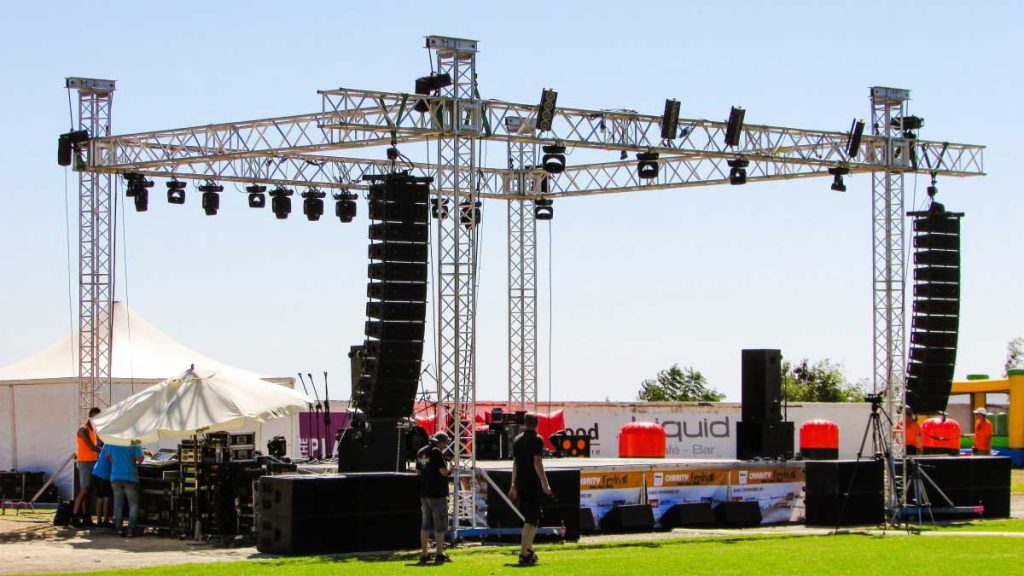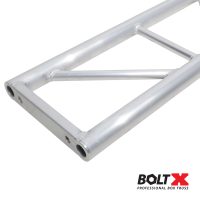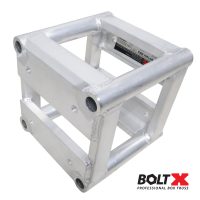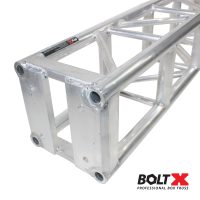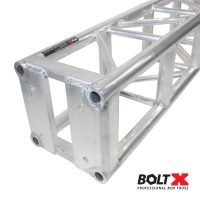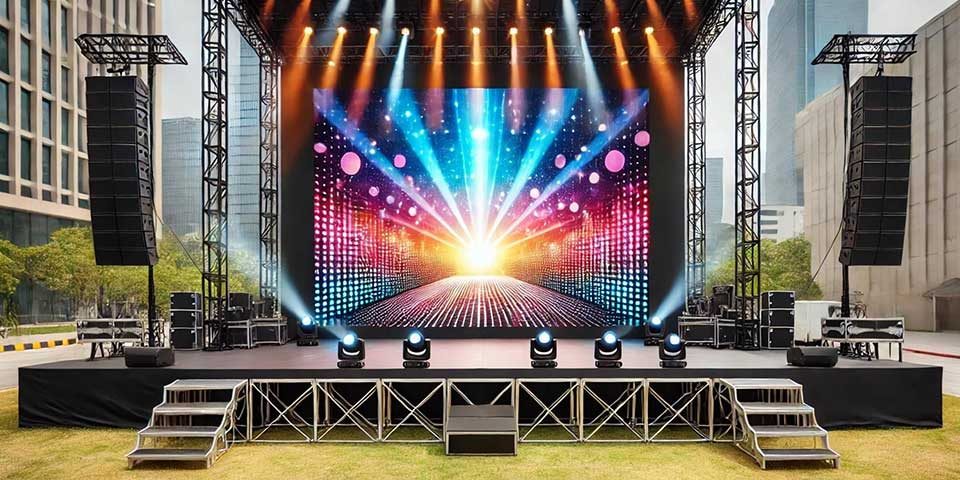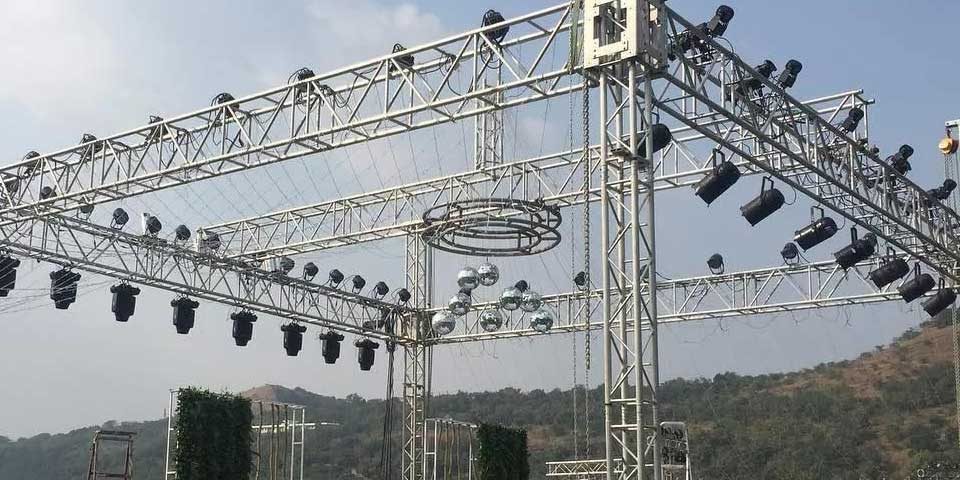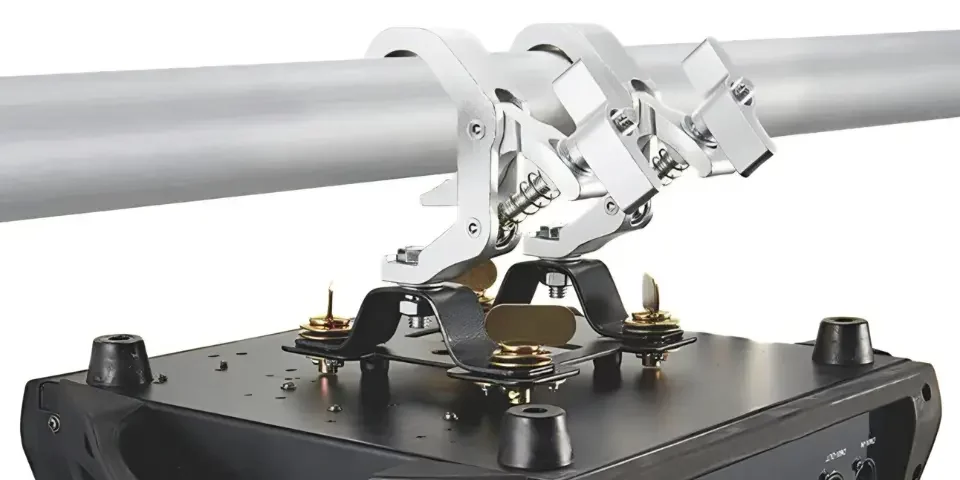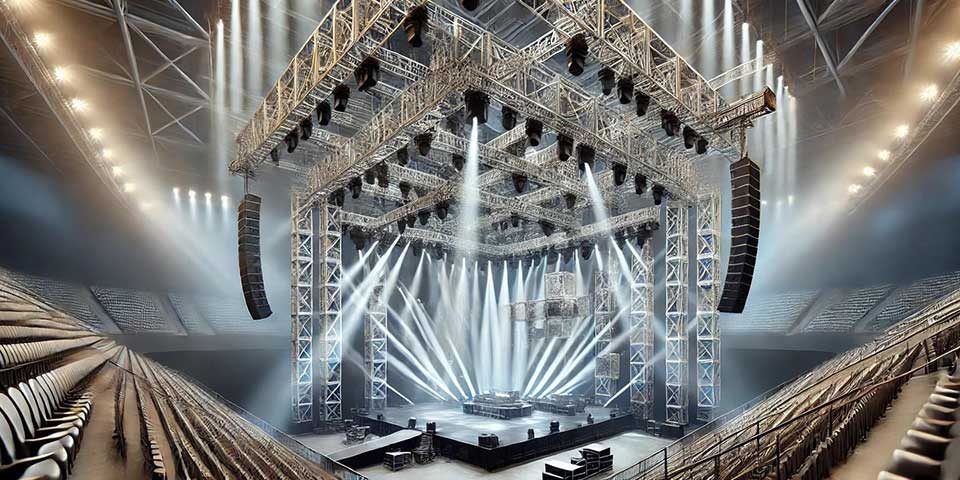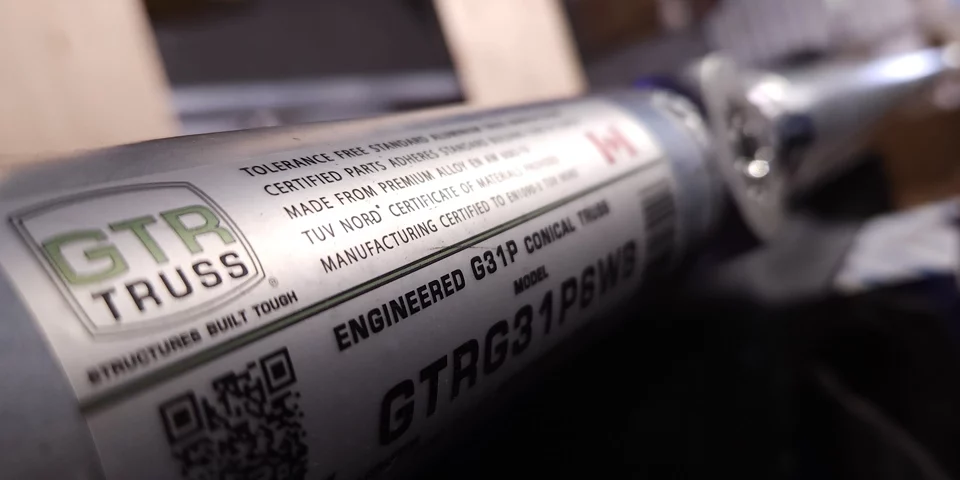
What is High-CRI LED Lighting? Photography, Theater, and Retail Lighting
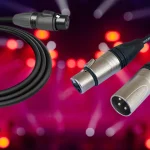
Difference Between DMX and XLR: A Complete Breakdown of Key Differences

What is High-CRI LED Lighting? Photography, Theater, and Retail Lighting

Difference Between DMX and XLR: A Complete Breakdown of Key Differences
Stage Truss System in Modern Design
Introduction to Truss Systems
In modern stage design, truss systems serve as the backbone for both functionality and aesthetics. Their use is prevalent across concerts, corporate events, and exhibitions, offering unparalleled flexibility in supporting lighting, sound, and visual elements. The versatility of trusses makes them indispensable for both temporary and permanent setups.
Types of Stage Truss Systems
Aluminum vs. Steel Trusses
Aluminum trusses are favored for their lightweight nature and portability, while steel trusses are best suited for long-term, permanent structures. Both materials are integral to modern stage design but serve different purposes based on load-bearing needs and mobility.
Modular Truss Systems
Modular truss systems allow stage designers to easily assemble and disassemble complex structures. These systems are designed to adapt to different configurations, making them ideal for events requiring frequent setup changes or unique layouts.
Safety and Load-Bearing Considerations
Safety is a critical aspect of any stage truss system, particularly in terms of rigging safety. Truss systems must be able to bear significant weight from lighting, speakers, and screens without compromising stability. Adhering to strict load-bearing guidelines ensures that the trusses perform safely under demanding conditions.
Applications of Truss Systems
Corporate Events
In corporate settings, truss systems support branding displays, lighting, and audiovisual elements, making them essential for building professional and dynamic environments. They are customizable and scalable to fit different venue sizes.
Concerts and Festivals
Concerts and festivals demand robust stage setups, and truss systems are integral for rigging large-scale lighting, speakers, and even video walls. Trusses provide structural stability while maintaining the aesthetic appeal of the stage. The modularity of trusses is critical for quick setup and breakdown between events, especially for touring productions.
Concerts and Festivals
In exhibitions, truss systems are often used to display signage, lighting, and interactive installations. They provide both functional support and an architectural framework that enhances the overall presentation of the space.
Designing with Trusses for Modern Aesthetics
Truss design isn’t just about structure—it’s also about aesthetics. Modern truss systems come in various shapes and configurations, such as square, triangular, and circular designs, that can be integrated into stage setups. They enhance the overall visual impact of an event while providing the necessary structural support. Additionally, their sleek and modern appearance complements contemporary stage lighting and audiovisual systems, blending utility with visual appeal.
conclusion
Truss systems have revolutionized stage design by providing flexibility, portability, and safety. Whether it's a corporate event, a live concert, or a large exhibition, these systems enable complex, modular setups that meet the high demands of modern productions. As technology advances, we can expect truss systems to become even more integral to the design of future stages, with innovations focusing on enhanced materials, ease of setup, and visual customization.

